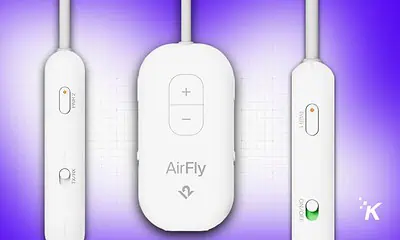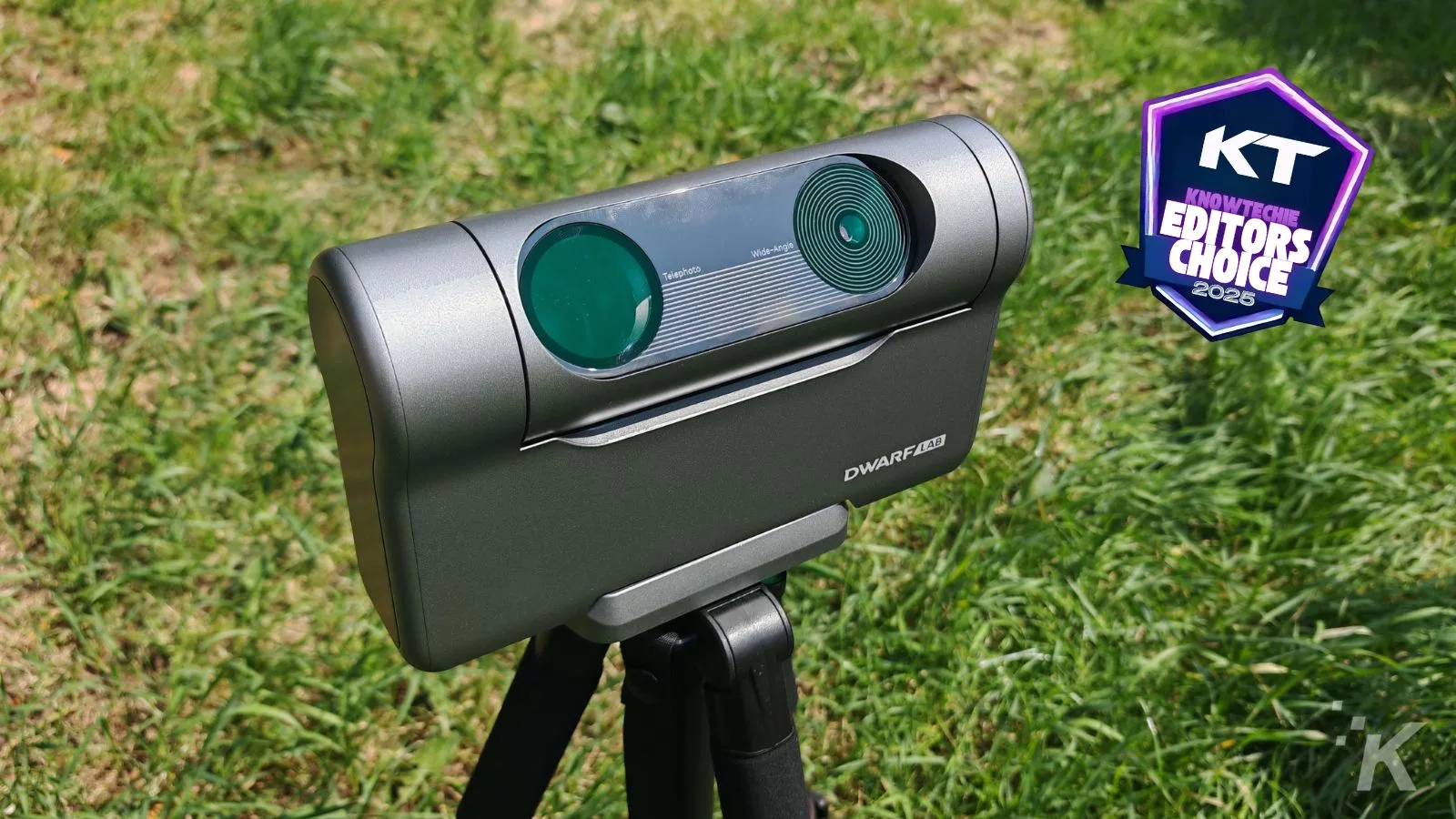

Gadgets
Form meets function: The air purifier that belongs in your living room
Dreame AirPursue PM20 is here to revolutionize your space with its sleek design and intelligent features. Equipped with Enviro Detect Technology, it adapts airflow to your...
-


AI
/ 3 weeks agoThis gadget turns your home into an AI node and pays you for it
Step into the future with Deimos II, a game-changing device that lets you power AI from your living room while earning...
-


AI
/ 2 months agoThis new relationship tracking ring makes trust issues wearable
Meet the world's first emotional loyalty tracker, 'The Ring', a partnership between dating app Raw and Queens Tech. Wearable tech in...
-


Gadgets
/ 3 months agoAirFly Pro 2 drops with enhanced audio and quick pairing at $59.99
Twelve South has released an upgraded version of their AirFly Pro 2, featuring improved sound quality, dedicated volume controls, and a...
-


Gadgets
/ 4 months agoPebble is back from the dead (and it’s exactly what we needed)
Pebble is making a comeback through Core Devices, with the Core 2 Duo and Core Time 2 watches available starting in...
-


Tablet
/ 5 months agoYou can now buy a deGoogled version of the Pixel Tablet for $549
It is only available in a single color with a fixed 128GB storage.
-


Buying Guide
/ 5 months agoThe best survival tech (2025)
Surviving a natural disaster is all about being prepared. Here’s a list of must-have tech items that could make all the...
-


Gadgets
/ 5 months agoLight up your work nights with the Quntis Computer Monitor Lamp
If you're burning the midnight oil regularly and want your eyes to thank you, the Quntis Computer Monitor Lamp is a...
-


Gadgets
/ 6 months agoLG unveils its brightest OLED TV panel yet
LG claims its the industry’s first OLED display is reach max brightness of 4,000 nits.
-


Buying Guide
/ 6 months agoThe best wireless printers (2025)
Discover top wireless printers for home or office. From photo-focused to high-volume options, find a printer that meets your specific needs.
-


Buying Guide
/ 6 months agoThe best mechanical gaming keyboards (2025)
Choosing the right gaming keyboard can be overwhelming, but this list provides a comprehensive overview of the best options available, including...
-


Gadgets
/ 6 months agoGoCube is a smart Rubik’s Cube that answers a big question
The Rubik's Cube is smart now, and it can make you smarter too.
-


Gadgets
/ 6 months agoLG unveils brighter EVO OLED TVs with enhanced AI and processing
The new LG OLED EVO TVs also support 165Hz gaming.
-


-


Google
/ 7 months agoLeak details specs of allegedly canceled Google Pixel Tablet 2
Next Pixel Tablet would have offered remarkable improvements.
-


Samsung
/ 7 months agoGalaxy Tab S10 FE leak reveals a possible launch window
Expect Samsung to launch the Galaxy Tab S10 FE sometime before July 31, 2025.
-


Gadgets
/ 7 months agoThe HOTO pocket air pump takes cycling to new heights
The HOTO Air Pump Pocket is a stylish, portable, and powerful electric pump that is easy to use, sustainable, and provides...
-


Google
/ 8 months agoGoogle has canceled the Pixel Tablet 2, not the Pixel Tablet 3: report
The Pixel Tablet 3 is apparently still being developed.
-


Gadgets
/ 8 months agoFitbit Ace LTE gets new family-centric features
Google is bringing Family and Siblings Chat, two sleek new “Noodle” watch faces, Family Quests, a new game, and more to...
-


Gadgets
/ 9 months agoMediaTek launches next-gen flagship Dimensity 9400 chip
It'll power the next generation of flagship Android phones, but we may not see the global release of a Dimensity 9400...







































